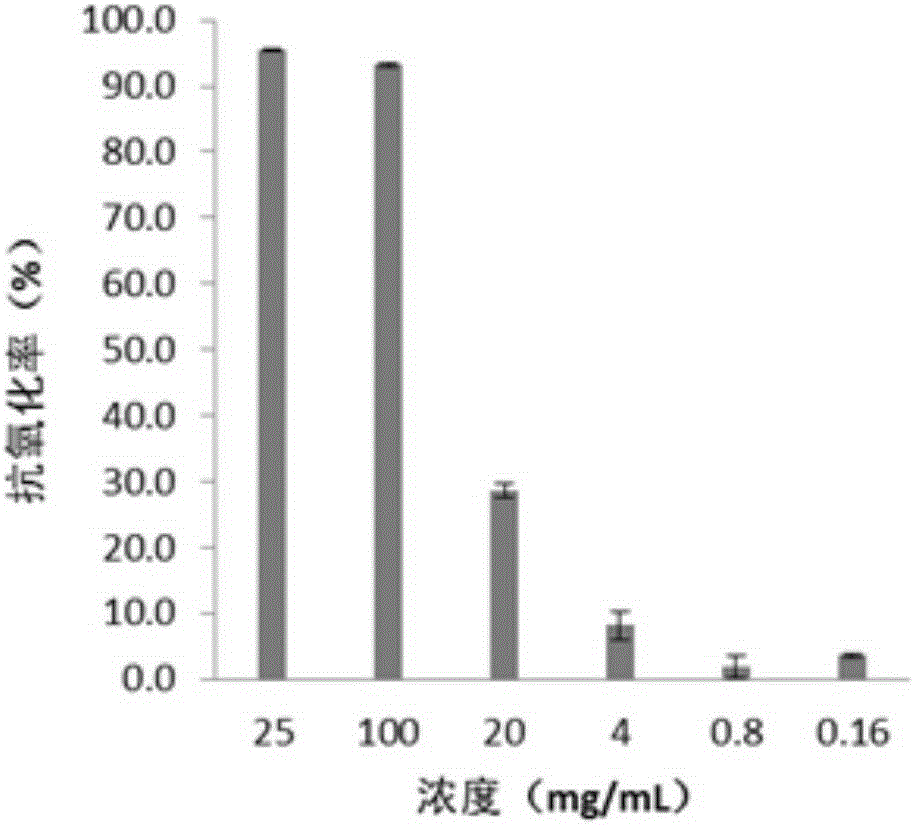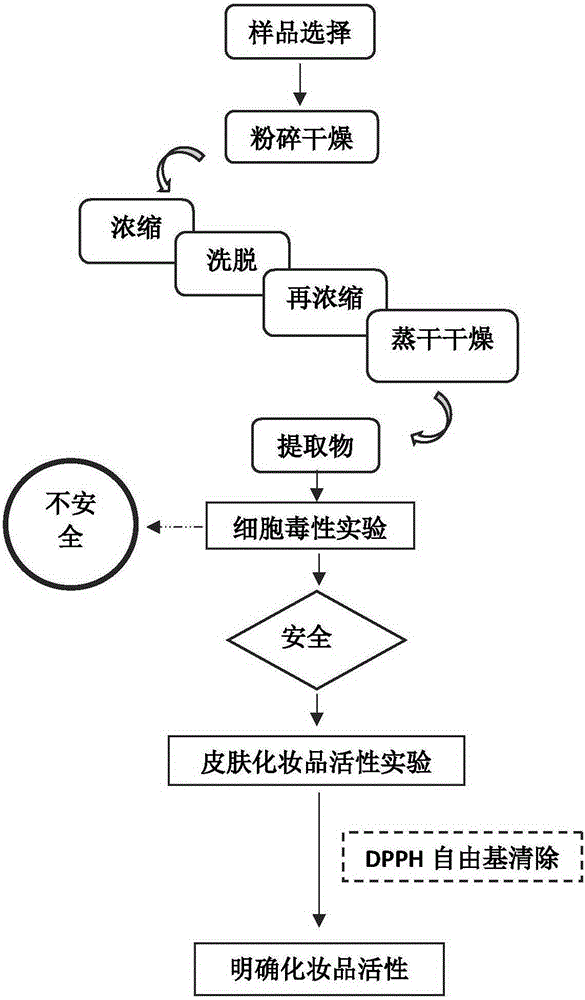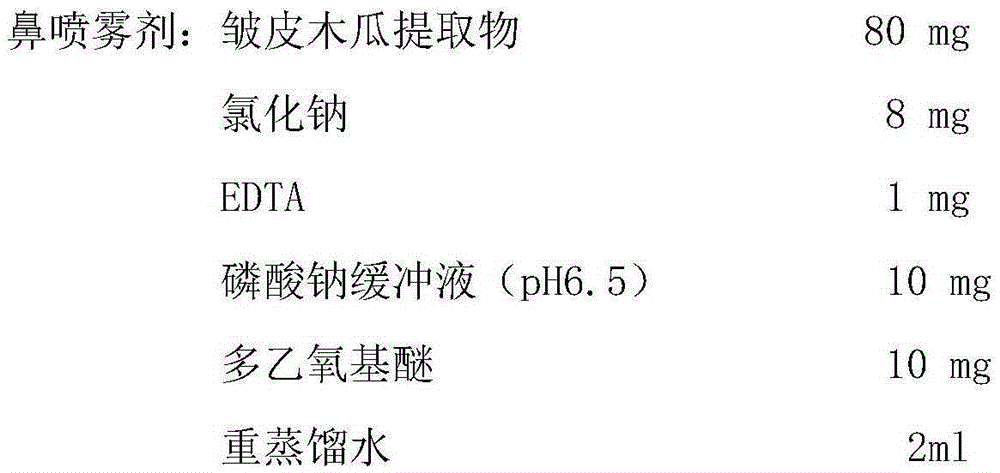Chaenomeles speciosa extract and cosmetic by taking extract as active ingredient
A wrinkled papaya extract technology, applied in the field of wrinkled papaya extract and cosmetics using it as an active ingredient, to achieve the effect of improving utilization function and added value, good safety, and improving resource utilization value
- Summary
- Abstract
- Description
- Claims
- Application Information
AI Technical Summary
Problems solved by technology
Method used
Image
Examples
Embodiment 1
[0028] Preparation of wrinkled papaya extract:
[0029] Weigh 16 g of chaenomeles speciosa (Sweet) Nakai) seeds, grind them into powder, and use 25 times (482 mL) of 85% ethanol for cold soaking for 24 hours, and then collect the filtrate with a Buchner funnel and repeat 3 times. The filtrate was distilled under reduced pressure with a rotary evaporator, the filtrate was concentrated, and the concentrated filtrate was dried at low temperature to obtain a crude extract. The crude extract was adsorbed and decolorized by macroporous resin (D101), and eluted with 95% ethanol, the eluate was concentrated and evaporated to dryness, and freeze-dried at low temperature to obtain 1 g of papaya seed extract with an extraction rate of 6.25%.
[0030] Alternatively, weigh 16 g of chaenomeles speciosa (Sweet) Nakai) seeds, grind them into powder, and cold-soak them with 20 times the amount of 95% ethanol for 20 hours, and then collect the filtrate with a Buchner funnel and repeat 4 times. The ...
Embodiment 2
[0032] Cytotoxicity test of wrinkled papaya extract: Determine the CC of the sample by MTS colorimetry 50 (50%cytotoxicconcentration), that is, the concentration of the drug when it is toxic to 50% of the cells, so as to determine the safe sample concentration for the following activity experiment.
[0033] Experimental method: On a 96-well cell culture plate, mix B16 cells with different concentrations of the drug solution to be tested, set 3 replicate wells, and set a blank control without drug at 37°C, 5% CO 2 Cultivate for 24h, use MTS colorimetric method to detect cytotoxicity, measure OD value with microplate reader, and measure wavelength at 490nm. Calculate CC 50 value.
[0034] Cell survival rate (%) = OD of experimental well 490nm / Blank hole OD 490nm ×100%
[0035] Experimental results: The cell survival rate of the papaya seed extract is 96.901%, which is a normal level. It can be clearly seen that the papaya extract has no toxic effect on cells, and its safety as a nat...
Embodiment 3
[0037] DPPH free radical scavenging experiment: mix and react the drug to be tested with DPPH (final concentration 100μM), set 3 repetitive wells, set a blank control without drug and a Trolox positive control at the same time, 30℃, 1h, microplate reader measurement OD value, detection wavelength is 515nm. Calculate the antioxidant rate.
[0038] Anti-oxidation rate (%) = (1-test hole OD 515nm / Blank hole OD 515nm )×100%
[0039] Experimental results: In the experiment, the extract of papaya seed showed significant DPPH free radical scavenging ability, and according to the concentration gradient, it showed a good dose-effect relationship (see figure 1 ), can be used as a good natural plant source with anti-wrinkle or sunscreen potential cosmetic activity.
PUM
 Login to View More
Login to View More Abstract
Description
Claims
Application Information
 Login to View More
Login to View More - Generate Ideas
- Intellectual Property
- Life Sciences
- Materials
- Tech Scout
- Unparalleled Data Quality
- Higher Quality Content
- 60% Fewer Hallucinations
Browse by: Latest US Patents, China's latest patents, Technical Efficacy Thesaurus, Application Domain, Technology Topic, Popular Technical Reports.
© 2025 PatSnap. All rights reserved.Legal|Privacy policy|Modern Slavery Act Transparency Statement|Sitemap|About US| Contact US: help@patsnap.com



